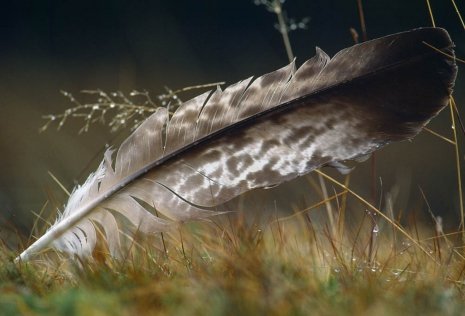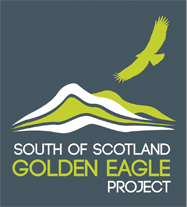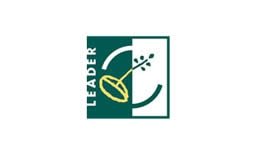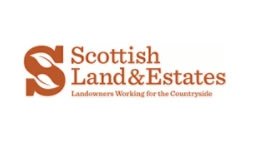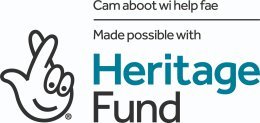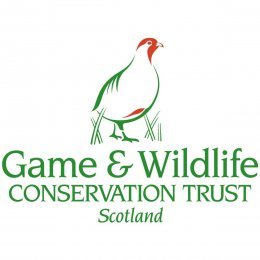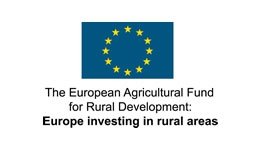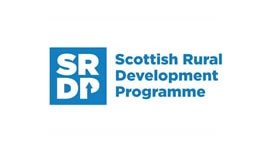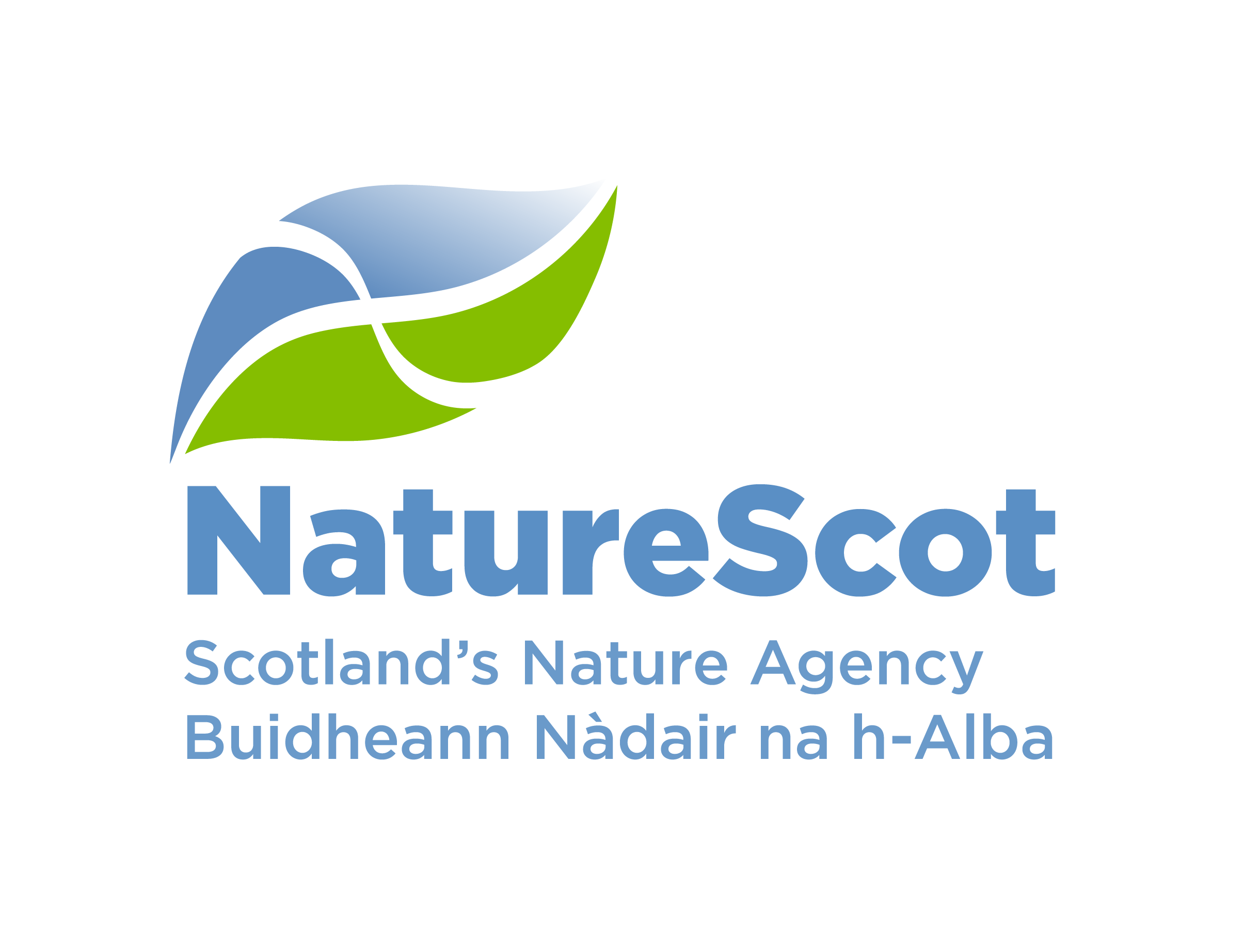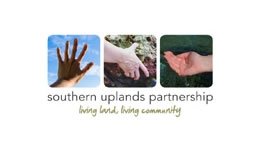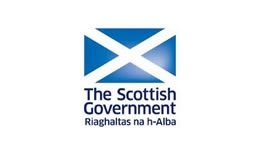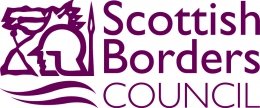Support the South of Scotland
Golden Eagle Project
Help us create a future for the Golden Eagle in the south of Scotland
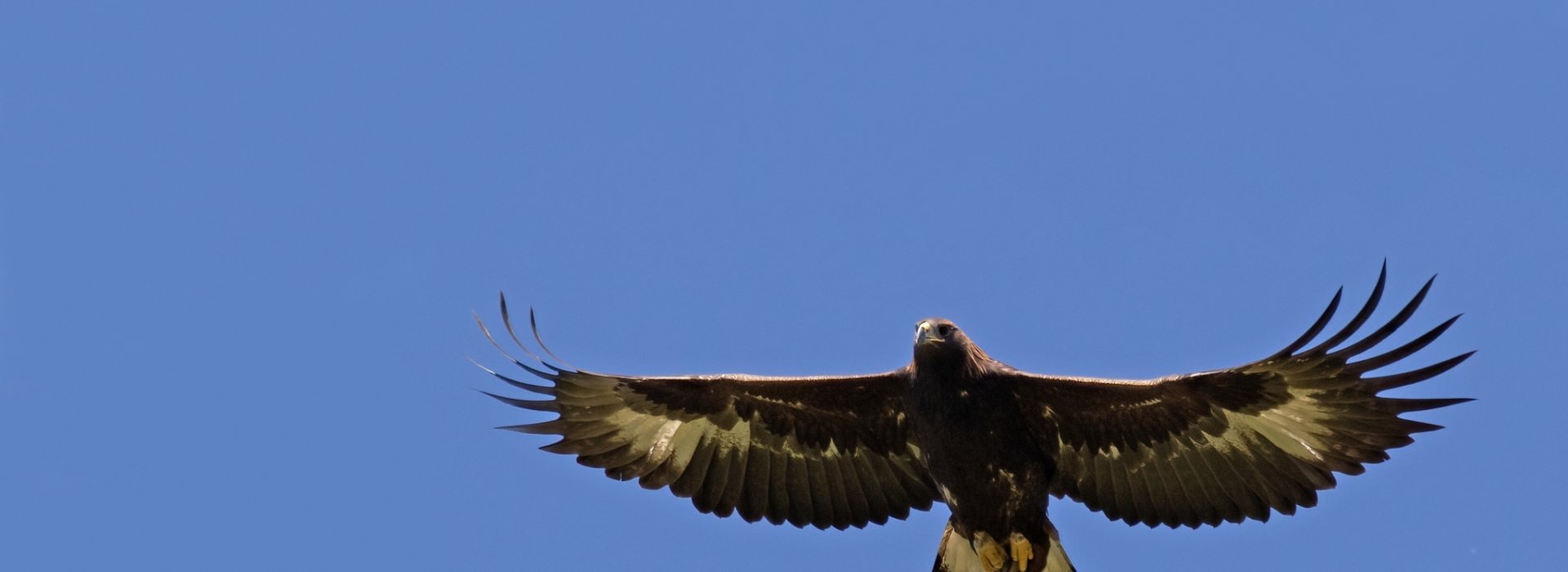
All ABout
The Project

An Introduction to the Project aims and objectives
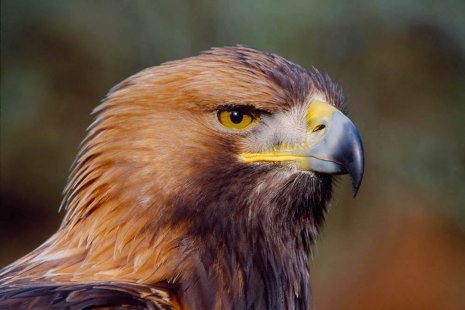
An Iconic Scottish species
Golden Eagles have always been admired and celebrated as an essential element of native Scottish wildlife. A glimpse of a wild Eagle soaring high over mountain and loch is a memory to be treasured for a lifetime. Despite the overall increase in Eagle numbers throughout much of Scotland, this growth has not been seen in the areas south of the Central Belt. With birds from the flourishing populations in the North reluctant to move South, the small population of isolated and vulnerable Eagles in the Scottish Borders and Dumfries & Galloway are at risk of disappearing from their native homeland in much the same way as they have from England and Wales.
REINFORCEMENT, NOT REINTRODUCTION
Unlike other similar projects such as the White tailed Eagle, Osprey and Red Kite reintroductions, a very small number of Golden Eagles have clung to survival in Southern Scotland. Our project aims to supply these isolated and vulnerable birds with a vital life-line to prevent the extinction of this stunning raptor from Scotland's Southern Skies.
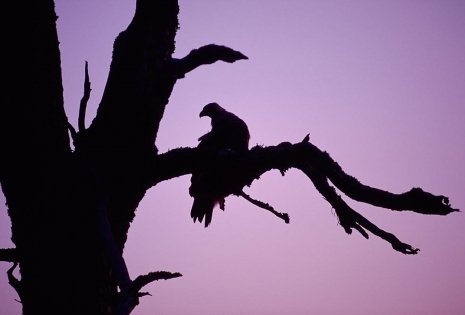

TRANSLOCATION
In order to boost the numbers of Eagles in the South, Eaglets will be relocated from eyries further North and brought to custom built aviaries at a confidential location in the Moffat Hills. After a brief stay they will be released into the Southern Uplands to interact with the few resident Eagles and provide more incentive for wandering birds to remain in the South. Only eyries containing two chicks will be collected from, with one eaglet remaining in its natal territory. The Eaglets will not be collected until they reach 5-8 weeks old, at which point they are feathered, can keep themselves warm and dry and can feed themselves from the food provided. Our immense gratitude goes to the Scottish Raptor Study Groups and Land-owners without whom these collections would not be possible.
SATELLITE TAGGING
In order to track the translocated Eagles, all released birds will be fitted with satellite trackers. These state of the art, solar powered devices transmit regular, reliable and accurate information, allowing us to precisely follow the movements of our youngsters as they explore their new surroundings. The tags are fitted by highly experienced, licensed individuals shortly before release and weigh less than 4% of the birds overall body weight. The birds are also fitted with a colour ring with letters and numbers that are readable in the field when good views are permitted.

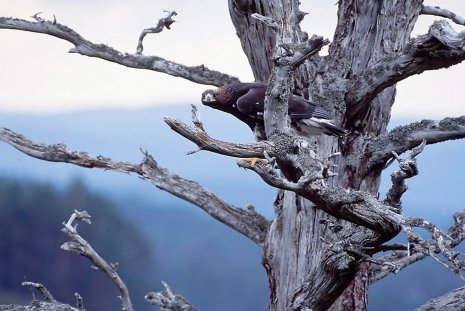
RELEASE
Once the young Eagles are ready to be released, hatches on the front of the aviaries are opened and the translocated birds will be free to leave of their own volition. Established feeding locations in view of the aviaries will continue to be provisioned with carrion throughout the late summer into the colder seasons to support the young birds through their first winter and to encourage them to remain in the South. Historic eyrie sites will be built up in readiness for potential first breeding attempts in the latter stages of the project and beyond.
MONITORING
The Project Team will continue to monitor the young Eagles beyond their release by both following the satellite data and monitoring the birds in the field. Eagle Officer John Wright will coordinate the fieldwork and with open and regular communication with the Scottish Raptor Study Groups, land-owners, land managers, farmers and local communities we hope to see the young pioneers flourish and once again become a more prosperous part of the landscape for generations to come.

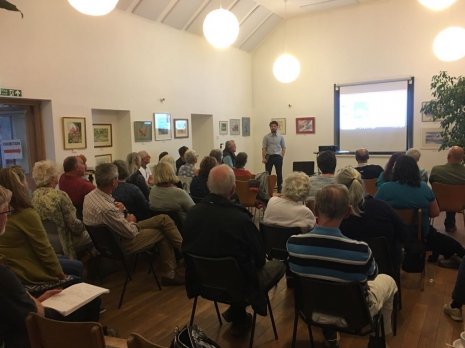
COMMUNITY OUTREACH
Our Community Outreach Officers Philip and Rick will be working closely with local communities, schools, businesses and volunteers to offer opportunities for engagement with the project and the Eagles. Through a network of 'Eagle Towns' across the South, local communities can learn about and welcome their local Eagles, celebrating the return of these iconic birds through 'Eagle Festivals' and other events. Eventually, we hope to link these locations with our 'Where Eagles Soar' Raptor Route, which has the potential to increase eco-tourism in the South to the benefit of these often small and isolated communities.
EDUCATION
Through our 'Eagle Schools' Program, students will not only learn about Eagles but can adopt and name one, following its progress as it moves beyond the release site and explores the Southern landscape. Initially focused on Primary Schools, we will offer a program of 10 Eagle themed lessons culminating in 'Eagle Day', a celebration of the student's achievements and the Eagles themselves. Parents, families and members of the local communities will be invited to attend an exhibition of student's work and an awards ceremony with the schools receiving a plaque, a piece of Eagle themed artwork and a visit from a falconry Golden Eagle!
Link to our EAGLE SCHOOLS page here
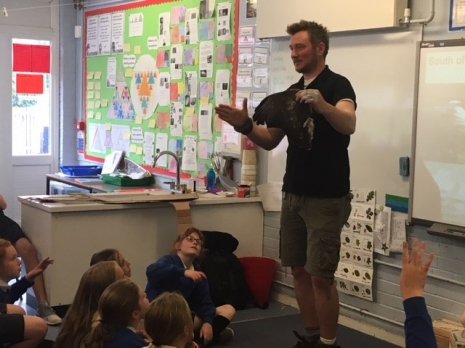
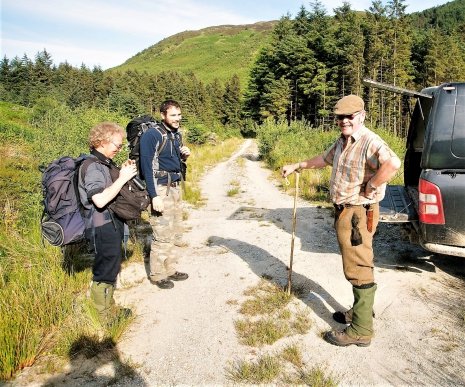
COMMUNICATION
Throughout the next 5 years we aim to be as open and communicative as possible, ensuring that a regular dialogue is established and maintained with all who are touched by this project. Our Stakeholder Engagement Officer, Brian Burrows will be available to talk with landowners, gamekeepers, farmers and land managers while our two Community Outreach Officers, Philip and Rick will be on hand and active all across the South, presenting talks and events and engaging with communities from St Abbs to Stranraer.
THE FUTURE
Our biggest hope is that Golden Eagles can once again thrive in the South of Scotland and that generations to come will be given the opportunity to find a place for these magnificent birds in their homeland, their heritage and their hearts.
